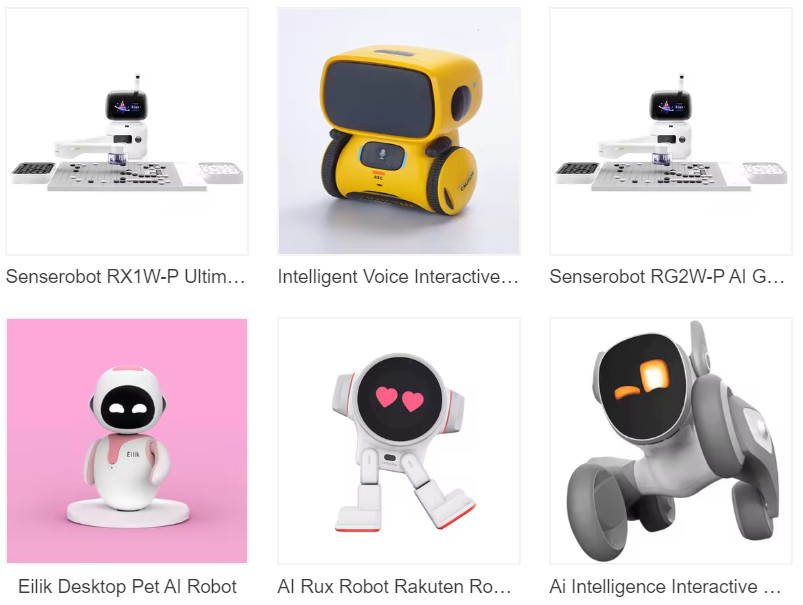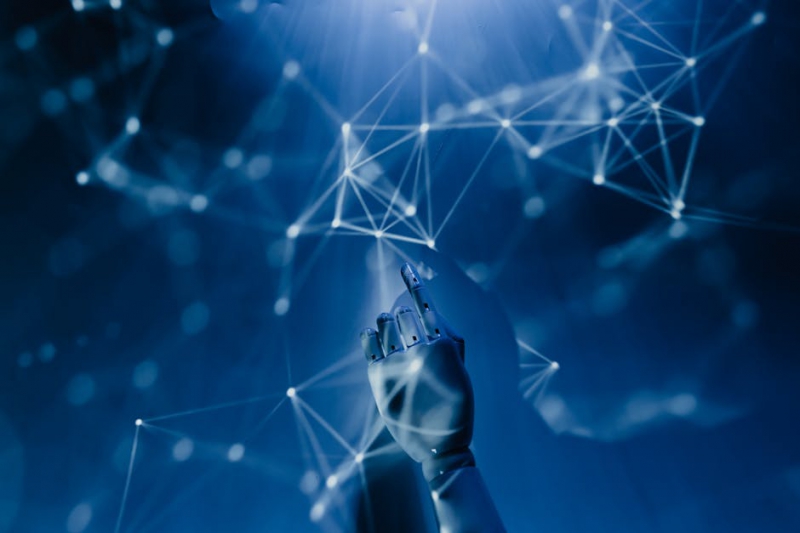Tesla's Optimus Robot is on the Verge of Transforming Future Factories! Hundreds Have Been Produced, But How to Break Through the Production Limit?
In the wave of industrial automation, Tesla's Optimus robot is like a rising star, attracting global attention. As modern manufacturing continues to pursue cost, efficiency, and flexibility, humanoid robot technology is gradually emerging. The latest news indicates that Tesla has successfully produced hundreds of Optimus robots, but these robots have not yet reached the standard where they can work directly on the production line. Nonetheless, this progress still brings significant potential for the future manufacturing industry.
Tesla's CEO, Elon Musk, has made it clear that the Optimus team needs to achieve a breakthrough of substantial significance within 2024, or else it may face the threat of layoffs. This statement not only shows Tesla's sense of urgency for technological development but also reflects its high expectations and pressure in the humanoid robot market. Currently, Optimus robots are mainly used for data collection and technical testing, and the development team is actively exploring how to formulate work tasks for specific industrial applications. For example, robots can be trained to perform simple but repetitive tasks such as tightening screws, laying the foundation for more functions in the future.
According to industry experts' analysis, the development of the Optimus robot is at a critical turning point. Although the hundreds of robots produced so far are just the beginning, the future goal is to produce thousands of robots in factories by the end of 2024. This goal not only highlights Tesla's ambition in the field of automation but also indicates the broad potential applications and strong market demand for humanoid robots in the industrial sector. Industrial automation experts in Germany point out that humanoid robots can greatly improve production efficiency when performing complex mechanical operations, thereby enhancing the productivity and cost control of enterprises.
Globally, Tesla is not the only company promoting the development of humanoid robot technology. Companies such as Boston Dynamics and Agility Robotics are also actively exploring this field. The former is known for the smooth dynamics and flexibility of its Atlas and Spot robots, while the latter focuses on applications in home and industrial scenarios. The research directions of these companies are consistent, showing the broad potential of humanoid robots in home and corporate environments, which makes us think about whether Tesla's Optimus robot can gain an advantage in this competitive market.
However, despite Tesla's new chapter in the field of automation, it still faces many technical and market challenges. How to accurately adjust the robot's movements to ensure their reliability and safety in real production environments is an urgent problem to be solved. At the same time, companies need to consider the ethical and social impact of robots replacing human labor to avoid negative impacts on the labor market. As technology advances, how to balance the relationship between automation and employment will be a continuous challenge.
Looking to the future, the Optimus robot has the potential to become a backbone of the industrial revolution. If it can reach the expected technical standards on schedule, its widespread application in factories will give birth to new production models and bring unprecedented improvements in productivity. At the same time, with the further integration of robot technology and AI intelligence, humanoid robots will play an increasingly important role in our life and work. Faced with such technological changes, companies and society should be prepared and actively participate in this wave of technological trends to seize new opportunities and meet future challenges. Every step forward may become an opportunity for change. The future is here, are you ready?
A total of 1 page 1 data




